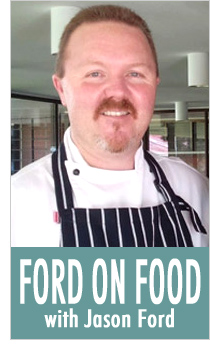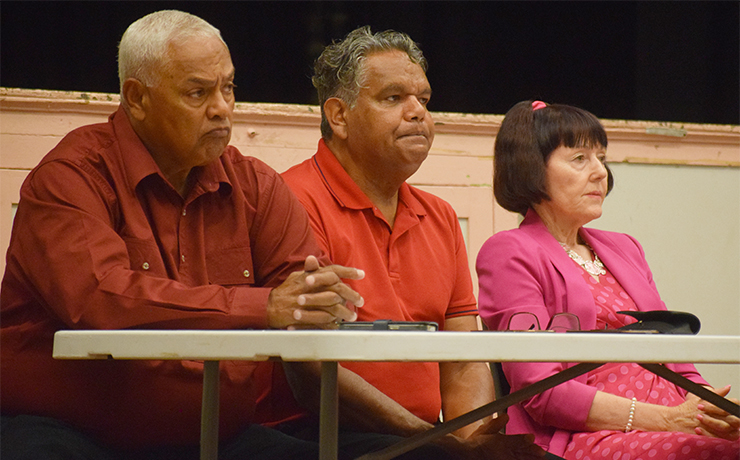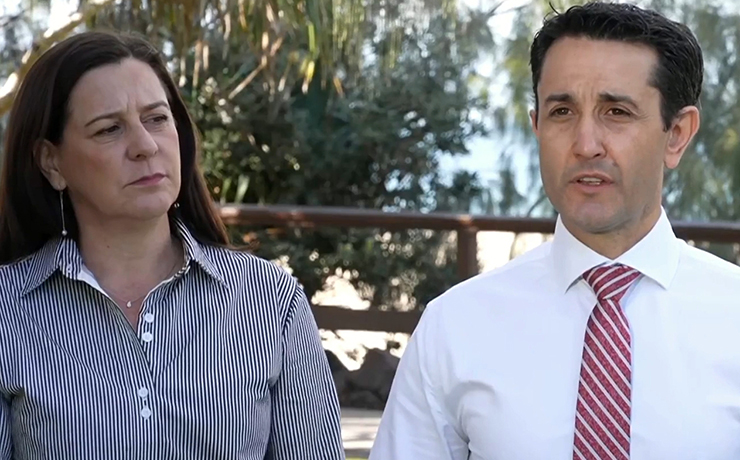by Jason Ford
Ford on Food
Sugar could be described as a pure carbohydrate, and it’s used all around the world to sweeten food.
Many people are unaware of how many varieties of sugar are available.
Conventional sugar is mainly obtained from the juice of sugar cane, but can also be made from the sucrose of the sugar beet.
There are alternative sweeteners such as bee’s honey, date sugar, palm sugar and maple sugar (obtained from maple tree sap).
And of course, there are countless sugar substitutes, from the highly artificial ‘Saccharine’ to the natural ‘Stevia’, which also comes from a plant.
There are a few different types of the cane variety of sugar which can be attributed to the level of refinement.
One of the least refined is raw sugar or ‘Demerar’, not to be confused with brown sugar (which is basically white sugar soaked in molasses).
The most common and all-purpose sugar is bleached white granulated sugar, but it is too coarse to be used in some bakery items.
Therefore, it is refined further into the smaller caster sugar crystals.
Further grinding of white sugar produces a powder called icing sugar, which is used in cake decorating and to sweeten cream because it dissolves instantly.
One of my favourites for bakery is raw caster sugar, which has a richer flavour than the white caster.
* * *
Salted Butterscotch Sauce
 When I think of cooking with sugar, I can’t go past the rich and decadent salted butterscotch sauce. It’s incredibly easy to make and can be served with almost any dessert, such as sticky date pudding, deep fried ice-cream or bread and butter pudding.
When I think of cooking with sugar, I can’t go past the rich and decadent salted butterscotch sauce. It’s incredibly easy to make and can be served with almost any dessert, such as sticky date pudding, deep fried ice-cream or bread and butter pudding.
Ingredients:
- 200ml cream
- 180g brown sugar
- 70g butter
- 15ml vanilla extract
- pinch salt
Method:
- Combine the cream, sugar and butter in a saucepan and heat until it starts to boil
- Remove from the heat and whisk until completely emulsified
- At this stage you could add a dash of vanilla extract and a pinch of salt for depth of flavour
- Or – for an interesting twist – stir in a couple of spoons of peanut butter (yum!)
Serves 6.






















